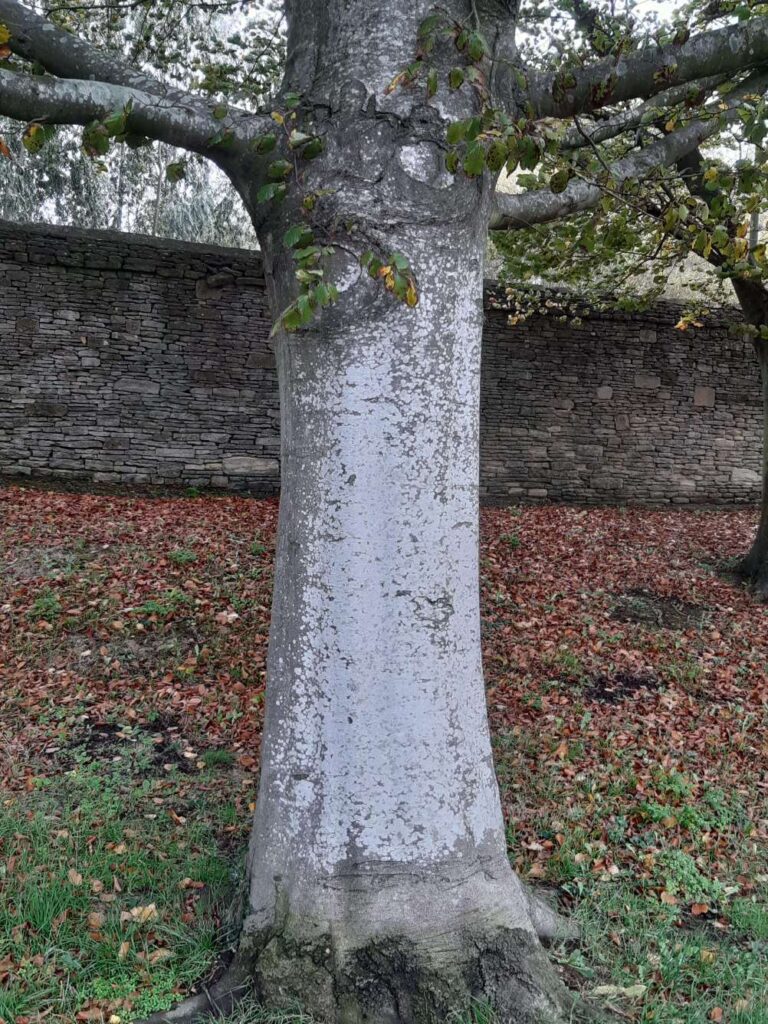
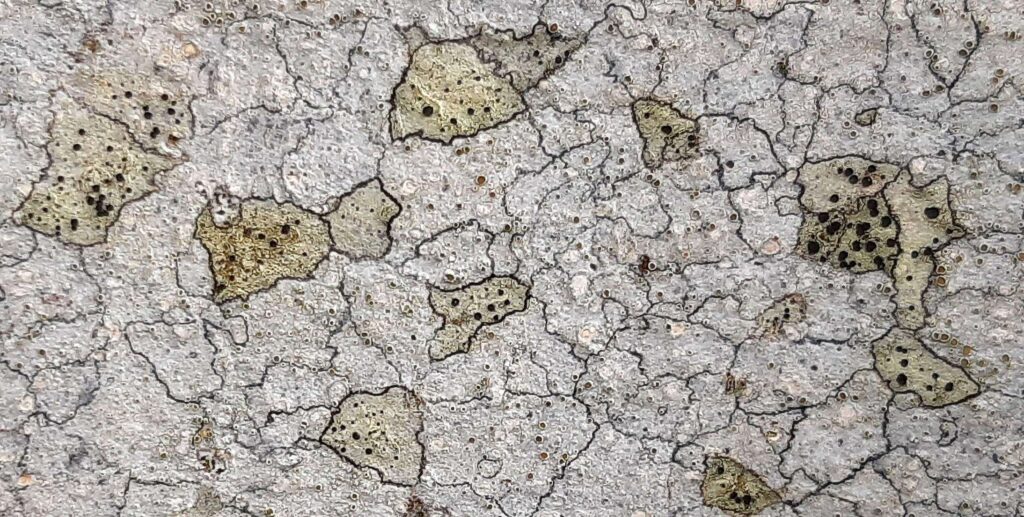
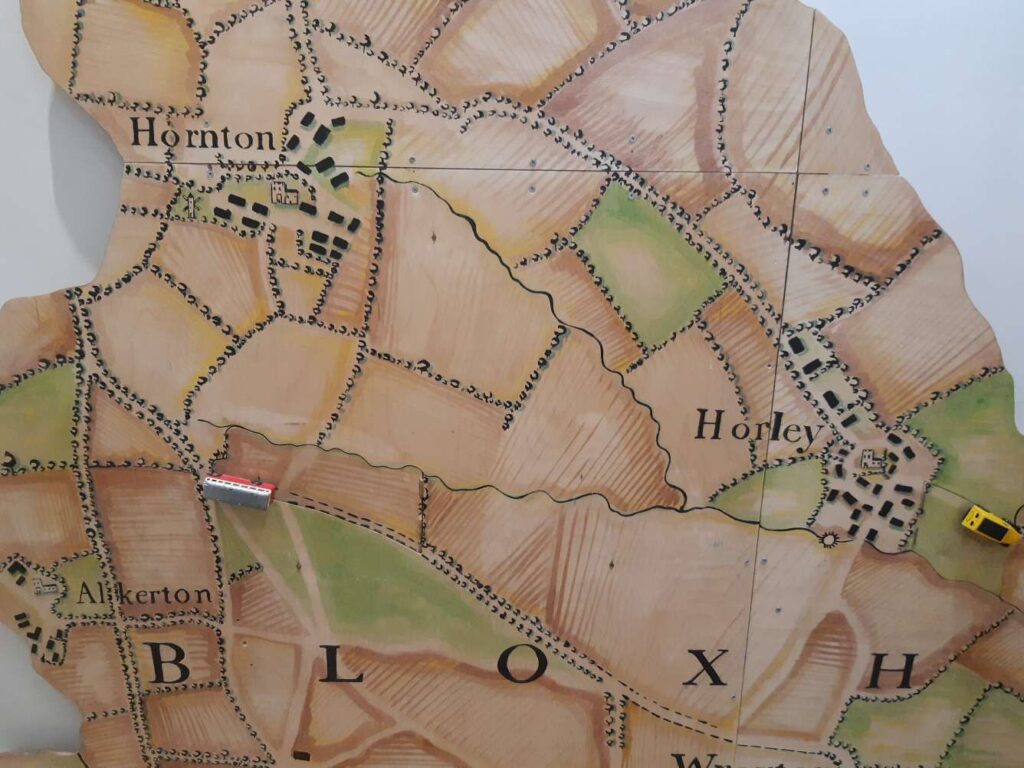
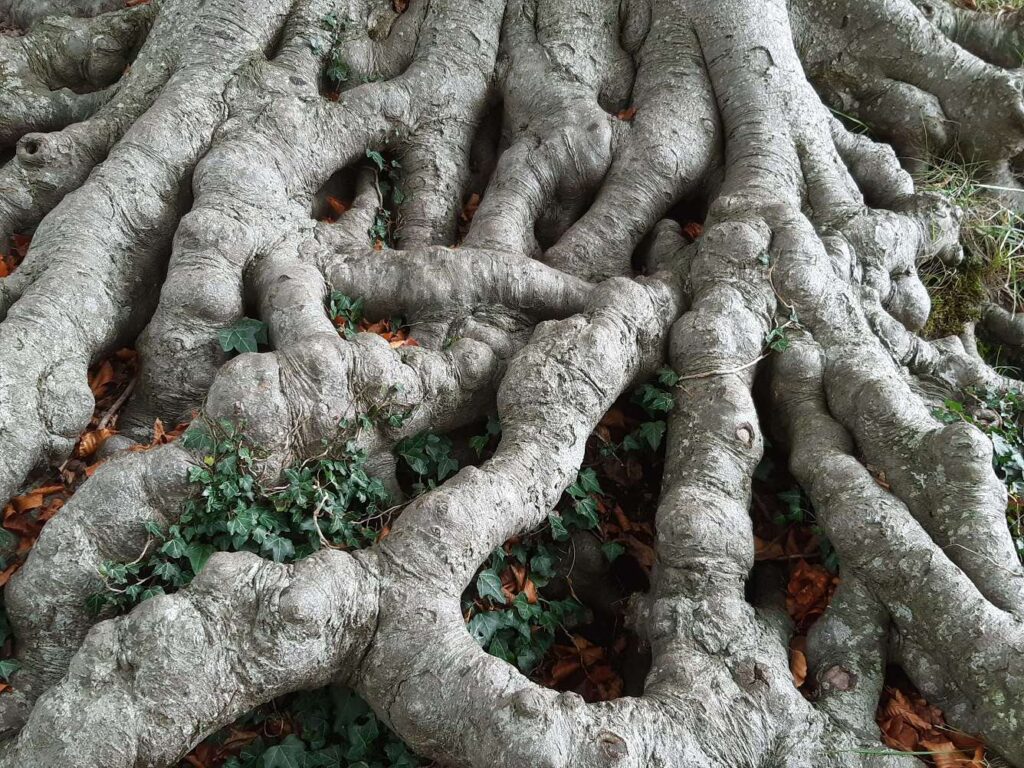
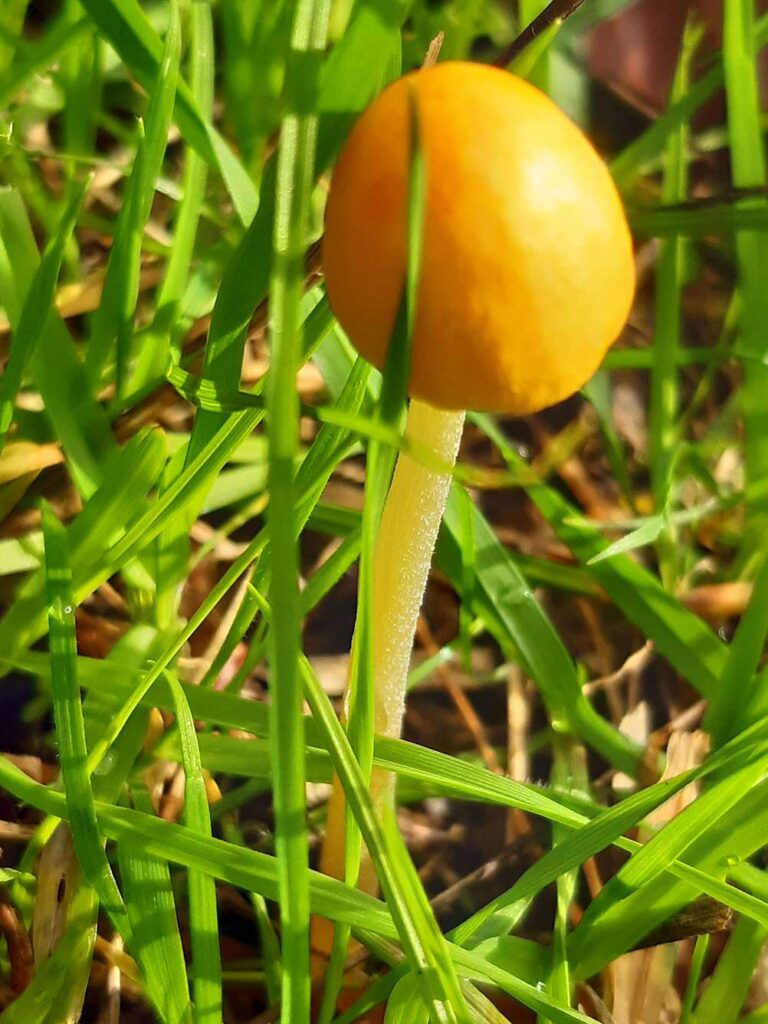
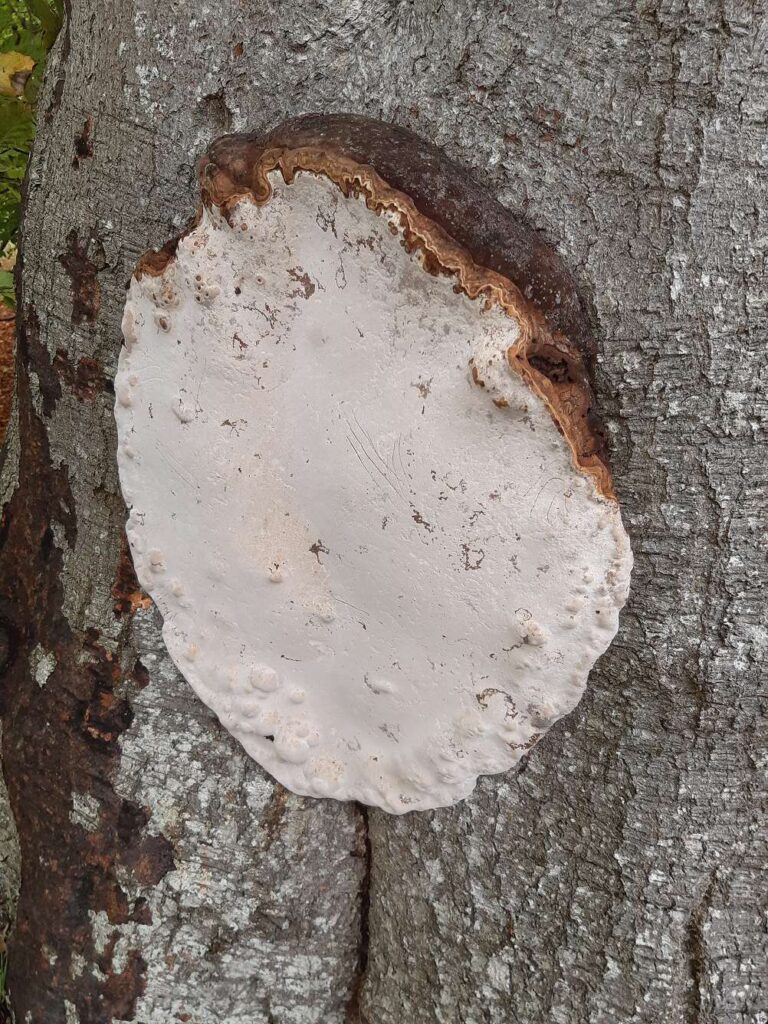
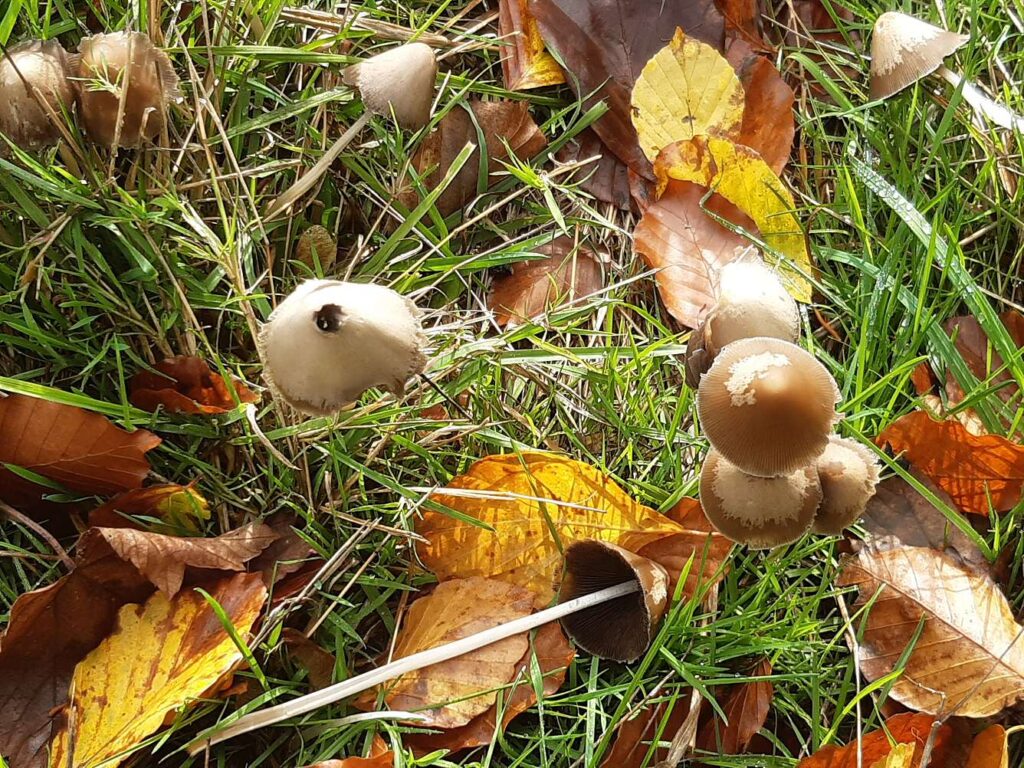







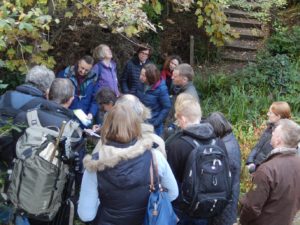
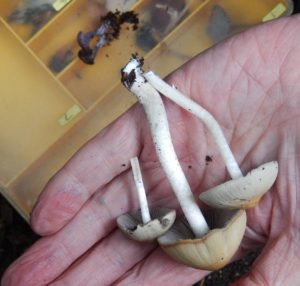
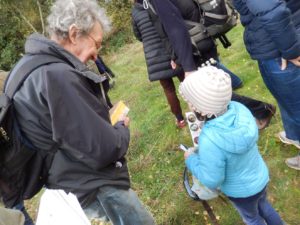
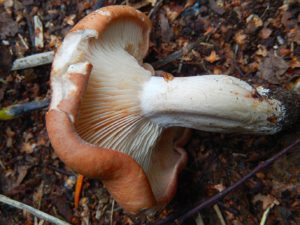
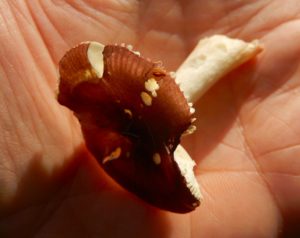
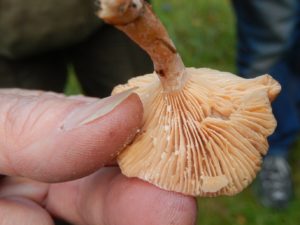
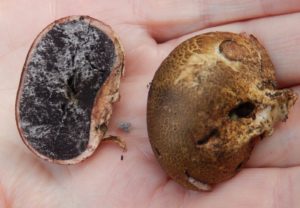


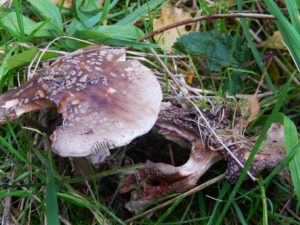
Apart from the fungi named in the image captions, we also saw plenty of the Deceiver (Laccaria laccata); Amethyst Deceiver (Laccaria amethystina); assorted species of Fairy Bonnets (Mycena spp.); the Brown Rollrim (Paxillus involutus); Puffballs (Lycoperdon perlatum); and more. There was hardly any Birch Polypore – we often have fine big white brackets of them: just one small nodule, Piptoporus betulinus.
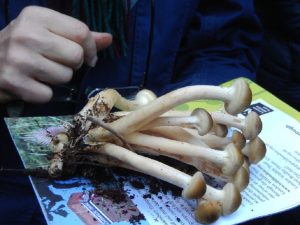
When a chilly east wind drops and the sky clears to a brilliant blue in February, it is a shame not to drop everything and rush outside to enjoy it. So I found myself down at Wraysbury Lakes, all wrapped up in my winter clothes — but my gloves never left my pockets, and my jacket and pullover were soon unzipped as the temperature climbed to 9.5 C, and in the sun with scarcely a breeze (the planes returned to their usual takeoff towards the west) it felt far warmer than that.
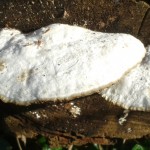
Some handsome white bracket fungi shone in the sun; they were triangular in section with flattened tops, slightly toothed beneath. Could be a Trametes or Tyromyces perhaps.
On the lake, half a dozen Goldeneye were all that were left of the more ‘special’ ducks; a male joined the party, and a female swam rapidly up to him, bobbing her head; he bobbed back, and threw his head over his back too. Spring is in the air. It looked as if they were already a pair, I’d say.
Also on the lake were some handsome Pochard, mostly asleep, one diving and surfacing, and a Shoveler, preening. A Heron flew slowly over, half a wingspan from the water. A Field Mouse ran right in front of me and down to the waterside by the willows, and obligingly fed in the open for a minute while I watched with binoculars on close focus: the long tail, round ears and quivering ‘whiskers’ (vibrissae) at work.
Away from the lakes, a Rabbit hopped across the path. A Mistle Thrush called harshly; another flew past; a solitary Fieldfare left over from the sizeable flock a week or two ago.
I wandered down to the confluence of the Colne with the Thames; a Kingfisher gave me a good of that always astonishing turquoise bolt of blue lightning, flashing on short triangular wings over the little river. A minute later, it flashed back upstream, as startling as before. A single green sphere of Mistletoe clung to the leafless canopy of a tree behind the industrial estate.